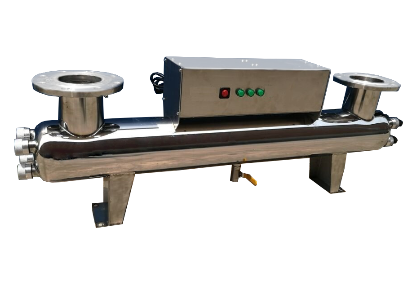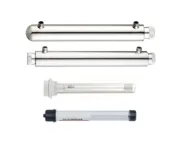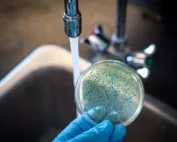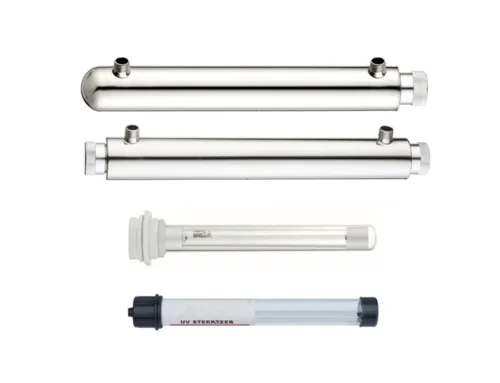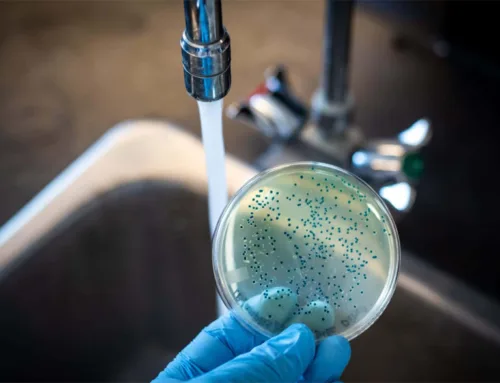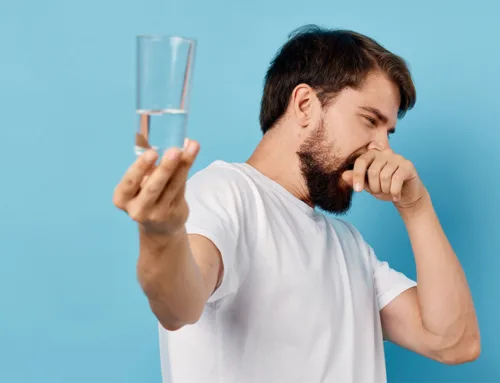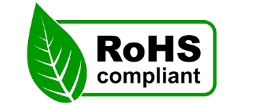The efficiency of UV disinfection systems is not limited to specific micro-organisms, as they can effectively combat a diverse range of microbes, including those that are tolerant to chlorine, such as cryptosporidium. This method provides an excellent solution to control microbial populations that are resistant to chemicals and heat, while also being highly efficient and effective. It can significantly reduce capital expenditure.
UV technology eliminates the use of chemicals and minimizes the formation of by-products that arise from chemical additives. Furthermore, it does not introduce any unfavorable taste or odor components to the treated liquid. Additionally, the systems are generally simple to install or retrofit to existing facilities and are a low-maintenance technology that often results in reduced engineering time, thus lowering operational costs.
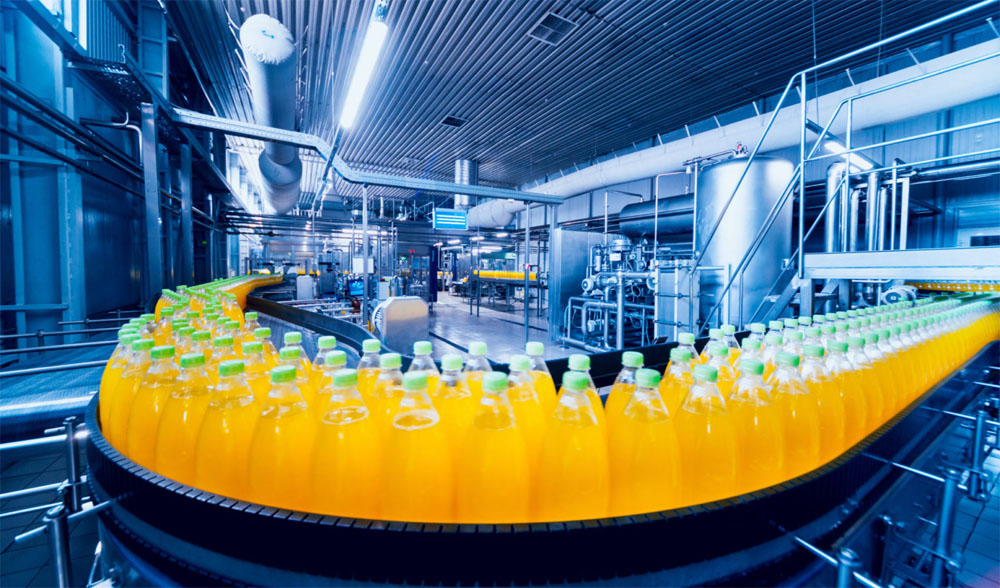
UV disinfection is at the forefront of sustainable solutions as the world focuses on eco-friendly options. It is an energy-efficient method that minimizes chemical usage, making it a more sustainable disinfection solution that allows for increased water reuse. As a result, UV disinfection is among the most sustainable solutions available today.
How UV Disinfection Process Functions
The process of UV treatment utilizes photons to cause damage to the DNA of micro-organisms, which renders it impossible for these microbes to replicate and cause water contamination. Moreover, the photons also bring about chemical changes and harm contaminants, thereby minimizing the concentration of excess chlorine.
A UV treatment system comprises an in-line system that is incorporated with the pipework and contains a potent UV lamp. When the liquid moves through the pipework, it is disinfected quickly. Basic systems have instrumentation and control systems to ensure core functionality, but advanced systems can use data logging, remote monitoring, digitalization, and full integration with factory control systems.
At Puritor, we have different sizes of Industrial UV Water Purifiers to cater to the beverage manufactures’ requirements. Along with the technology, we offer the necessary knowledge to provide UV solutions to the industry. We also provide product custom production service to satisfy the demands from our potential customers.
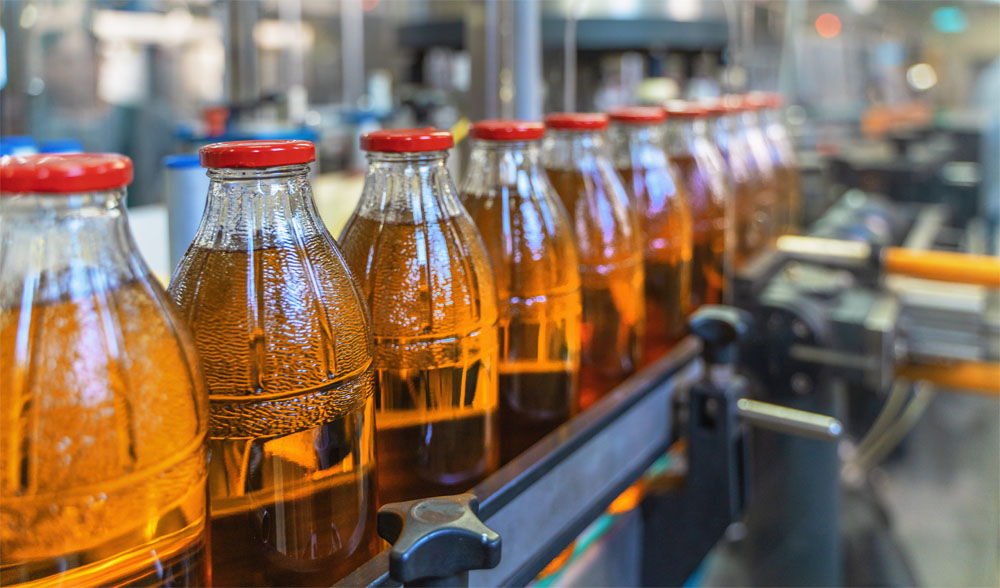
The following are the responses to some commonly asked questions:
Q:How will the beverage industry be affected by current and future regulations?
A: The first step towards water conservation in water-stressed areas is Regulation (EU) 2020/741 by the European Parliament, which sets a precedent for future water recovery regulations. For beverage manufacturers who consume large amounts of water, efficiency and reuse are important for sustainability. This includes water management in the supply chain, such as irrigation for crops like sugar beet, which can impact the industry’s environmental credibility. In the future, regulatory reporting may encompass all aspects of water consumption, from irrigation to bottling, for beverage companies to maintain their environmental credibility.
Q: In what ways does UV ensure production safety?
A: UV disinfection is recognized as an environmentally friendly method due to its chemical-free nature, or the significant reduction of chemical requirements. By reducing the need for chemicals, personnel safety is enhanced, as there is less handling of hazardous chemicals. Although there are specific handling requirements for UV lamps, they are much simpler compared to those of chemical-based disinfection solutions.
Q: What is the reason for using UV treatment in combination with ozone disinfection?
A: The two processes discussed are chemical-free and complement each other. UV disinfection provides immediate disinfection, while ozone allows for residual disinfection by breaking down organic compounds due to its short half-life. For sanitation purposes, ozone can be injected into the liquid for primary disinfection, and downstream UV can be used to break down the ozone and act as a secondary disinfection method.
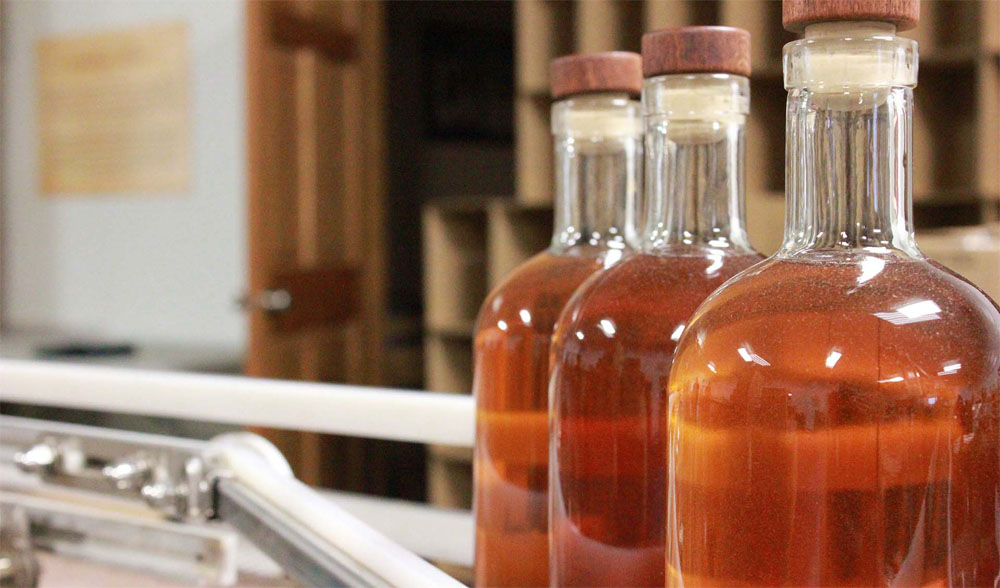
Q: Is UV disinfection effective for high-viscosity liquids?
A: Yes, UV disinfection is effective for high-viscosity liquids like liquid sugar, honey, syrups, molasses, etc. UV disinfection systems for low transmittance fluids require lamps that are closer together and smaller disinfection chambers. Recirculation is often employed to ensure multiple UV passes for complete disinfection of the liquid.
Q: How do validated and non-validated UV systems differ from each other?
A: Validation in the UV industry used to refer to certification for materials and instrumentation, but nowadays it involves third-party bioassay tests of the equipment using surrogates rather than the organisms being treated. The systems are then rated using their reduction equivalent dose (RED), which is a UV dose measured by the reduction of equivalent organisms.
If you want to learn more or have any queries about UV water treatment systems and how they can help you achieve your sustainability goals, you can Contact Us for details or visit Puritor.com.
Advantages of Buying Directly from a Manufacturer
In previous times, manufacturers encountered obstacles when it came to directly reaching consumers due to financial limitations. This led to the introduction of distributors, acting as intermediaries between manufacturers and consumers. These middlemen, commonly known
Select Your Right Sized UV Water Purifier
The significance of a UV water purifier for maintaining the cleanliness and health of your water environment, whether it's an aquarium, pond, or a commercial space, cannot be overstated. However, when it comes to choosing
Keep Your Water Safe and Clean with a UV Water Purifier
Water pollution remains a significant issue in the world today, affecting numerous people worldwide. This compromised water quality poses severe health hazards. UV water purifiers have emerged as an effective, chemical-free solution to combat these


